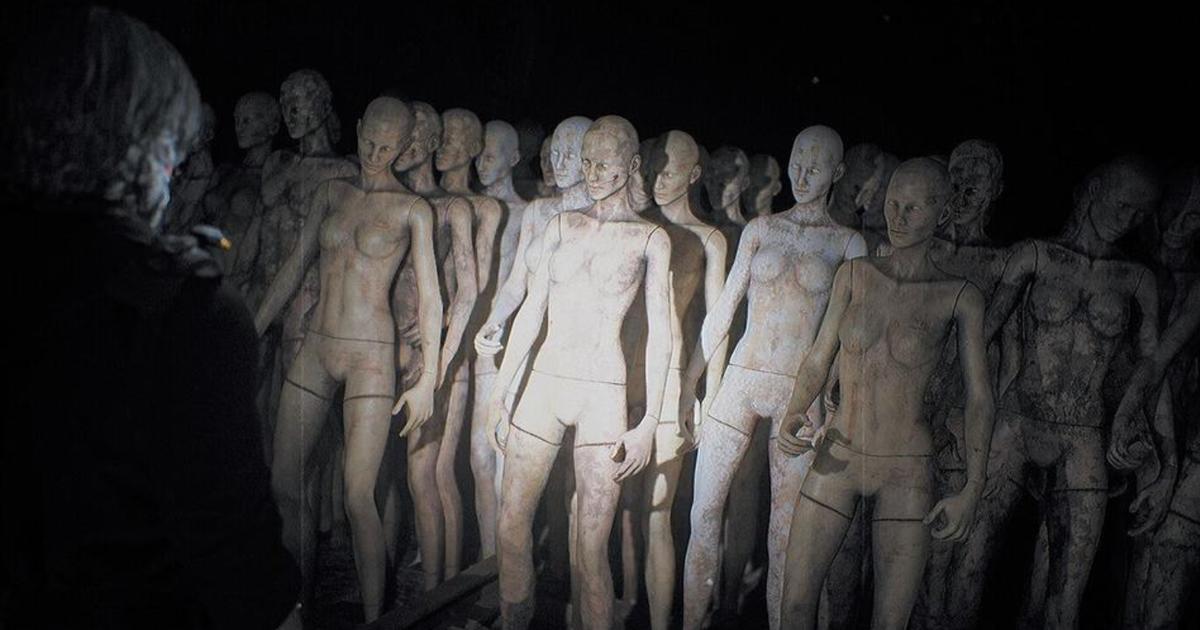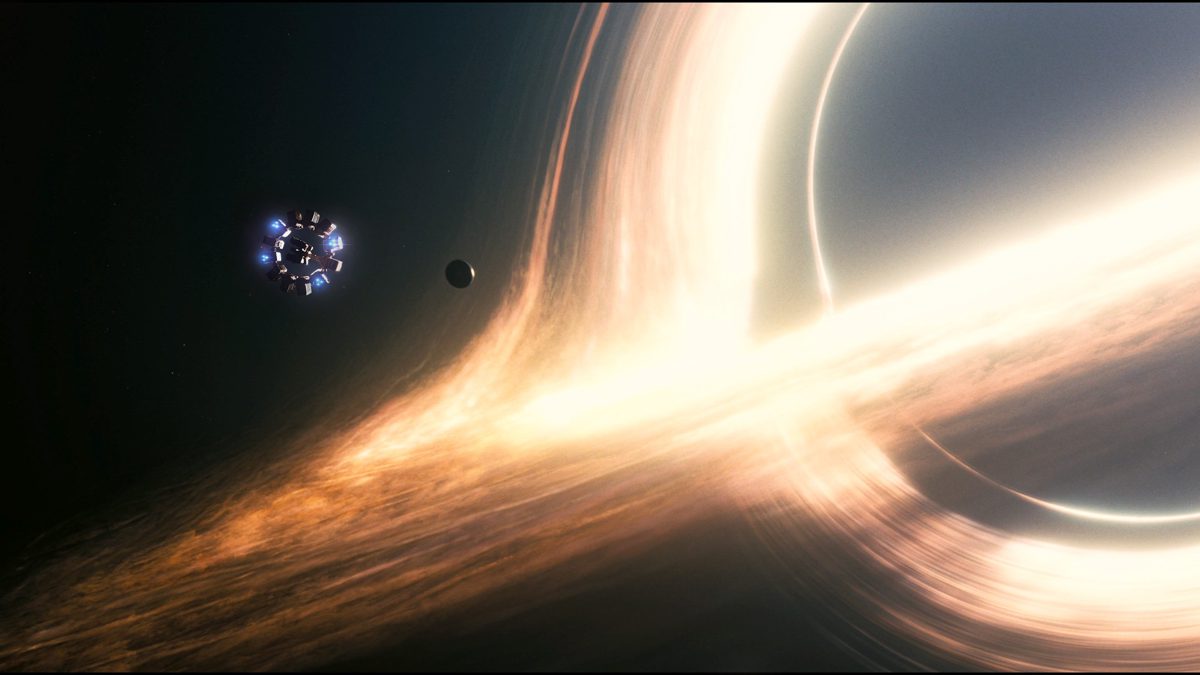It’s been two years since I captured the first concrete image of a black hole estimated to be 6.5 billion times more massive than the sun and 55 million light-years away. The image, which is transmitted around the world press, is the result of an international collaboration: the Event Horizon Telescope (EHT) is a telescopic network of eight radio telescopes spread all over the world that can be used to detect radio waves.
Astronomers are working with EHT now A new photo has been posted From the already imaged black hole, as the magnetic fields surrounding the hole became visible via polarized light. In the most clear picture, we can clearly see that the jet currents are moving in a spiral around the edge of the hole, on the basis of which it can be determined that the magnetic field of the object is in order. This is important because only ordered magnetic fields can generate radiation currents, not unregulated currents.
The report also reveals that the strength of the magnetic field lies somewhere between 1 and 30 gauss, which is more than fifty times the (strongest) magnetic field measured in Earth’s polar circuits. It could also help researchers understand how black holes and their associated jet currents work.
“This jet stream formation process is absolutely amazing. Something close to the size of our solar system can release a jet stream that can penetrate entire galaxies and even their surroundings,” Sarah Eisson explained. “For the first time, we can really see magnetic fields in the immediate vicinity of a black hole and their relationship to ray currents, which are the most powerful processes in the universe.”
In the future, researchers hope that more telescopes will be connected to the EHT network, which we hope will give us a more accurate picture of this black hole and the surrounding jet currents.













































